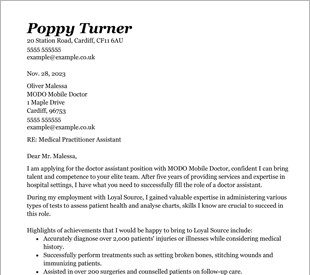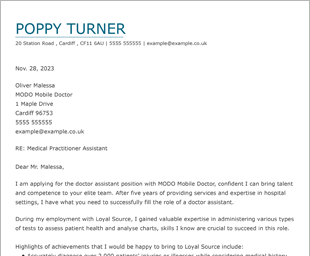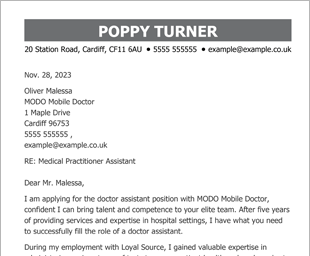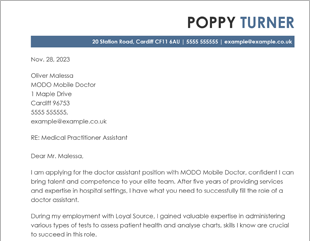How to Write a Pain Letter to Your Potential Employer
Looking for a way to impress your hiring manager? Consider writing a pain letter. If you’re not sure what that is, read on as we go over the pros and cons.
Looking for a way to impress your hiring manager? Consider writing a pain letter. If you’re not sure what that is, read on as we go over the pros and cons.





OUR USERS HAVE BEEN HIRED BY
If your cover letters aren’t getting the desired response, it could be time to turn to a pain letter. A modern answer to the traditional cover letter, a pain letter shows your potential employer how you (and only you) can make their life easier.
This guide will show you:
A pain letter shares the same purpose as a traditional cover letter: to persuade the recruiter or hiring manager to offer you an interview. However, a pain letter goes about this differently. Rather than focus on your skills and accomplishments, a pain letter centres itself on the employer’s biggest pain point.
Pain letters can be powerful, particularly in senior positions where candidates will be expected to take on lots of responsibility in helping to ease the company’s pain points. Since traditional cover letters abound in the hiring process, a pain letter can help you stand out from other applicants.
There are several benefits to sending a pain letter over a traditional cover letter as part of your job application. A pain letter allows you to:
Sometimes, it’s best to stick to the traditional cover letter format in your job search. Here are some drawbacks of a pain letter:
They are similar, but a pain letter focuses on the needs of an employer, while a cover letter focuses on a job seeker’s accomplishments. A pain letter shows that you have researched the employer’s company and understand its needs. It draws on your experience in the context of the employer’s pain points.
While you don’t have to write a pain letter, it can help grab the attention of a hiring manager. Most applicants will send a traditional cover letter as part of their job application, making a pain letter a good option for those who want to stand out from the crowd.
It doesn’t hurt to write a pain letter, but it doesn’t guarantee a callback. Pain letters may be more effective when applying to senior positions where candidates will be tasked with helping the company solve some of its biggest problems. As with traditional cover letters, the persuasiveness of your writing is key.
We personalize your experience.
We use cookies in our website to ensure we give you the best experience, get to know our users and deliver better marketing. For this purpose, we may share the information collected with third parties. By clicking “Allow cookies” you give us your consent to use all cookies. If you prefer to manage your cookies click on the “Manage cookies” link below.